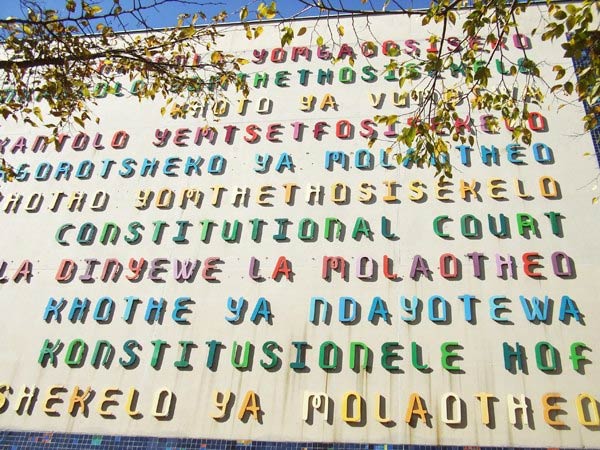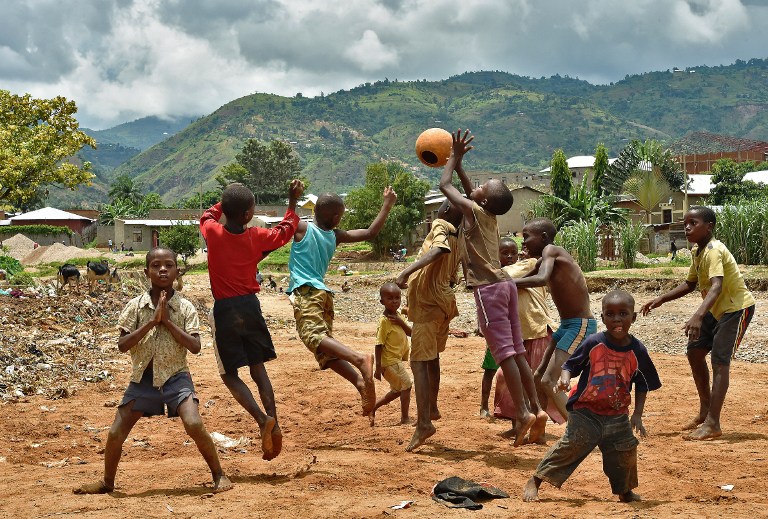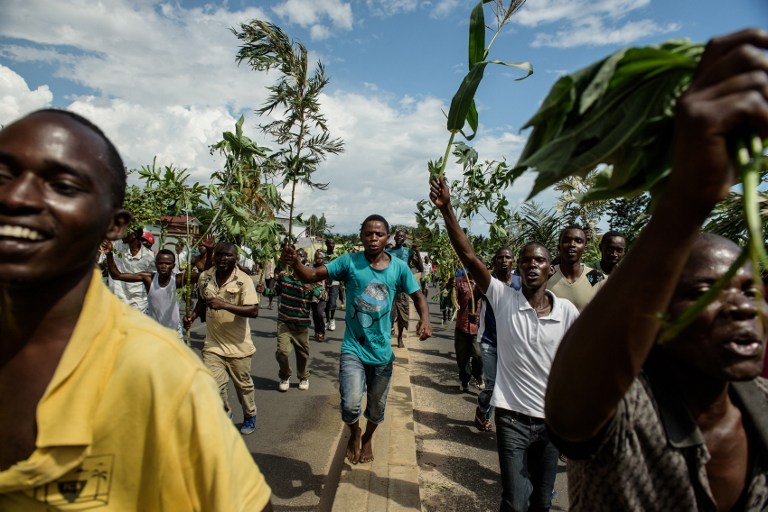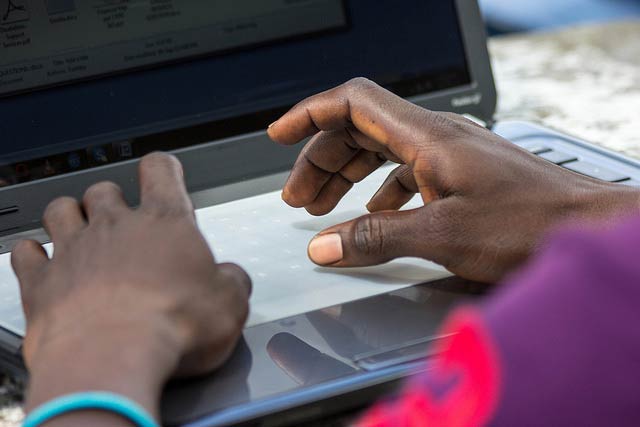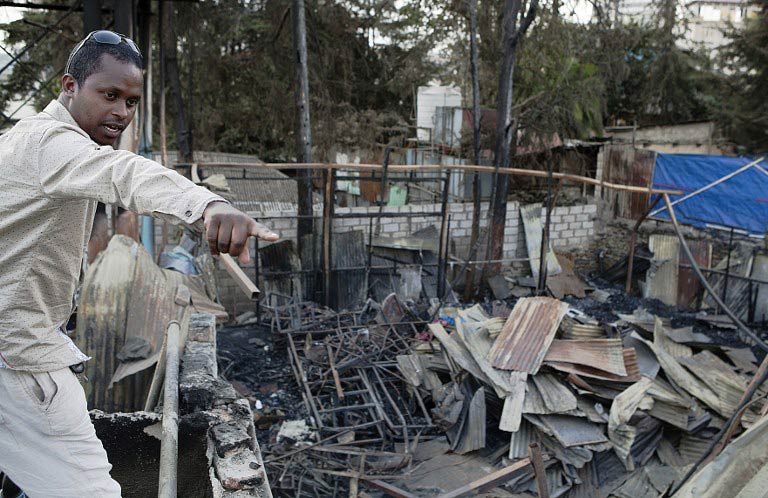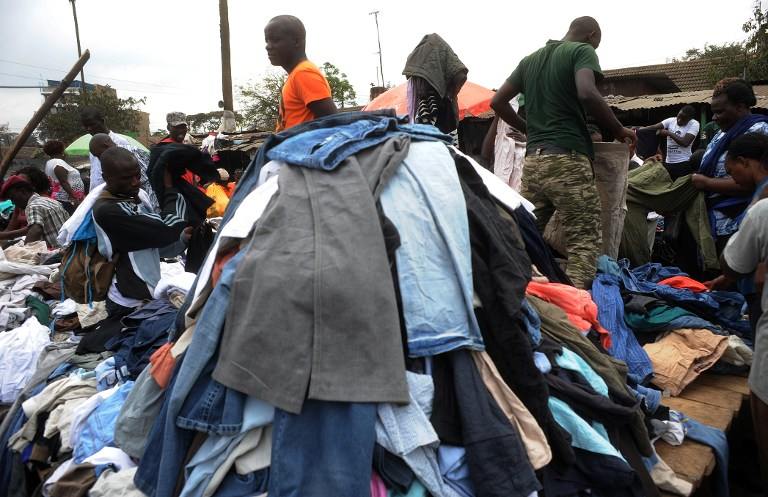
When a fire razed East Africa’s biggest second-hand clothes market in Nairobi last week, the deputy president, William Ruto, rushed to the scene to assure traders that the government would do everything to help them to rebuild their destroyed stalls.
But perhaps a more important question Ruto should have answered is whether Gikomba market will be in business a year from now if a proposed ban on the importation of second-hand clothes into east Africa is approved.
In January, east African head of states suggested that Kenya, Uganda and Tanzania should stop importing used clothes in an effort to revive the local textile industry.
Kenya alone imports around 100 000 tonnes of second-hand clothes, shoes and accessories a year – many of which were originally donated to charity shops in the west. According to Oxfam, more than 70% of the clothes donated globally end up in Africa.
“The items [charity] shops fail to sell or which they reject are considered for resale elsewhere,” says Ian Falkingham, who manages an Oxfam-owned outlet in Senegal, Frip Ethique. “Items which are in good condition and suitable for warmer climates are exported to Africa.”
This second-hand clothes chain sees, for example, a Forever 21 dress once worn by a young woman in London find its way into the wardrobe of a university student in Kenya. University of Oxford sweatshirts, I love London T-shirts, hoodies emblazoned with the star spangled banner or the Union Jack – and even the Confederate flag – are common wear for people who have never set foot in the UK or the United States.
But if the ban goes through, Kenyans will be compelled to buy locally produced clothes, giving textile manufacturers a chance to reclaim the market they lost to cheap imports from abroad.
Death of an industry
The decline of Kenya’s textile industry dates back to the early 1980s, when market liberalisation policies spearheaded by the World Bank opened up the local economy to second-hand clothes. Previously, they had been distributed for free among the poor.
But the superior quality and originality of the clothes soon caught the eye of the young urban population, creating a demand that led to the collapse of many of Kenya’s once robust textile companies, among them Rift Valley Textiles (Rivertex) and Kisumu Cotton Mills (Kicomi).
According to local media reports, 500 000 people were employed in the textile industry in the 1980s. Today, that number has fallen by more than 96% to around 20 000.
Banning the importation of used clothes is the government’s latest effort to save an industry that is all but extinguished – and is intended to try to recover some of those lost jobs.
But, paradoxically, a ban could devastate another group of Kenyans who depend on the second-hand clothes trade to make a living.
William Ng’ong’a, who sells used clothes at Gikomba, is aware of the possible ruling that could destroy the business his family has spent the past two decades building. “I am in this business with my parents, I joined them 10 years ago just after finishing university. It’s the only work I know,” he says.
Ng’ong’a says the business imports an average of two containers of clothes a month, for which they pay £16,700 in tax. The containers are offloaded from ships at the port town of Mombasa from where they are transported by road to Gikomba market.
A glorious, chaotic ecosystem
Gikomba is the ground zero of second-hand clothes in Kenya, and it’s from here that merchandise is redistributed to retailers all over the country.
Unapologetic for its mess of noise, dust and a confusing maze of timber, iron sheets and cardboard stalls, clothes hang from the stalls in a wild cacophony of colour and design.
If the clothes are not on hangers, they are bundled into giant heaps which the sellers invite buyers to burrow into to find what they are looking for. Often, the best dresses or blouses are buried at the bottom of the pile.
Buyers and sellers jostle for space in the cramped, often muddy, lanes, where the set price of goods is usually so low that it is ridiculous to bargain for anything cheaper. Even so, the more industrious sellers can be heard shouting themselves hoarse, advertising bargains designed to lure even the most reluctant of buyers.
Gikomba pulses with a spirit borne of genuine camaraderie: conversation and laughter punctuate the exchanges between the buyers and sellers.
It is a glorious, chaotic ecosystem that has survived catastrophe after catastrophe, including a terror attack in May last year that killed 12 people and more fires than the traders can count.
Ng’ong’a says he directly employs 15 people, most of whom are casual labourers, and is afraid that they might all be left without a source of income if the East Africa Community goes ahead with the ban.
“I have a degree in commerce which I have never used, but I might be forced to fall back on it if the ban goes through. I am not particularly excited to have to join the overcrowded job market and become a paper pusher because I really love this job,” he says.
And paid employment of another kind is unlikely to match his current earnings: Ng’ong’a reveals that each container imported at £38 574 brings in a profit of over 90%.
Charles Kuria’s store is one floor above Ng’ong’a’s. It is bigger, and filled floor to ceiling with bales of clothes.
Kuria has had this store for almost two years, but he has been in the businessmuch longer, starting from the bottom as a hawker selling a few pieces on the streets to a big time wholesaler who now only sells in bales to retailers.
He imports his stock directly from the UK, the US, Canada and Belgium.
Although Kuria is reluctant to discuss his profit margins, he admits to living a comfortable life where money has ceased to be a worry. His is a business that has a sizeable staff, with four people employed permanently and up to 20 casuals each time new stock comes in.
He says the real casualties of a ban would be the casual workers who depend on odd jobs to earn a living.
“If these people are deprived of an opportunity to make honest wages, they might turn to crime and contribute to making Nairobi an unsafe city,” says Kuria.
Striking a balance
Former Kenya Association of Manufacturers boss Betty Maina is cognisant of the risk that comes with cutting off the second-hand clothes business without a fall back plan for the hundreds of thousands it employs.
In an article for a local media company, Maina says that it is possible to grow the local textile industry without taking jobs from the people who need them the most.
“Granted, the ‘mitumba’ sector is a source of employment and many people earn their livelihood from the business. Measures that would shut down the flourishing trade at a go would not be very welcome.
“But why not streamline activities in the sector in such a way that the local textile industry is able to reap the benefits of providing quality products at an affordable price and at the same time providing thousands of jobs directly and millions more in downstream activities?” she asks.
The thousands involved in the second hand clothes trade will know their fate once the East Africa leaders meet for the November summit, during which the issue is expected to come up.
In the meantime, it remains to be seen how the government will walk the tightrope of reviving the local textile industry without annihilating Gikomba – and the people that thrive on it.
Jacqueline Kubania for the Guardian Africa Network

